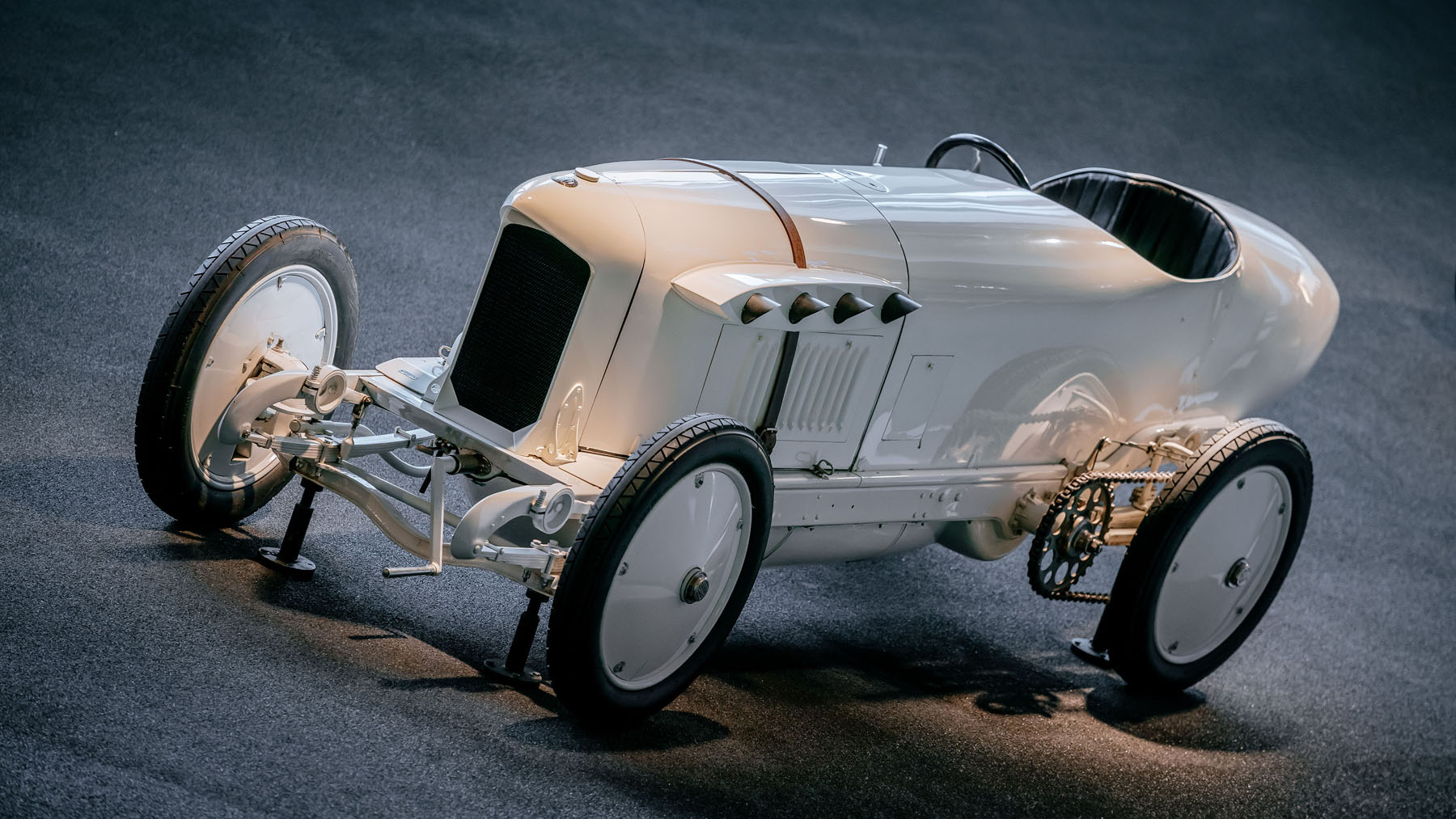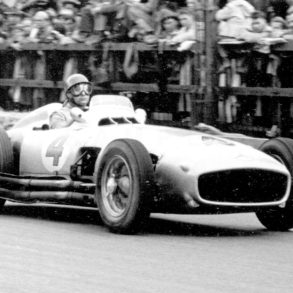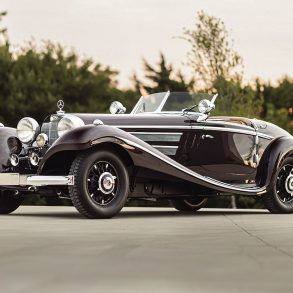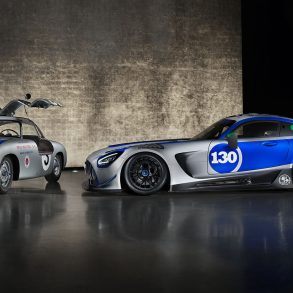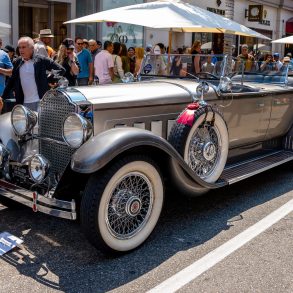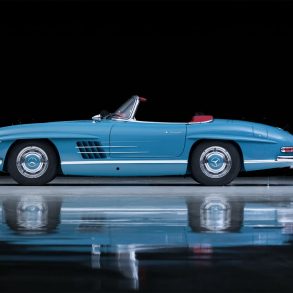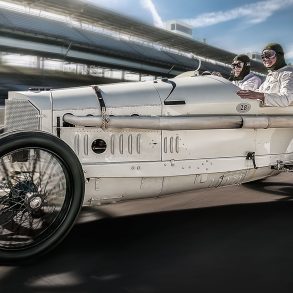It never gets old looking back on one of the most famous pioneering efforts in the evolution of the automobile, the “Blitzen-Benz.” It’s placeholder in transportation lore needs no exaggeration:
- Four-cylinder engine with a displacement of 21.5 liters and 147 kW (200 hp)
- Magic mark of 200 km/h is broken at Brooklands in 1909
- In 1911 a new world record in the USA
- With 228.1 km/h twice as fast as an airplane of the time
Join us as we take a brief look at some of the more intriguing aspects of this record-setting automobile.
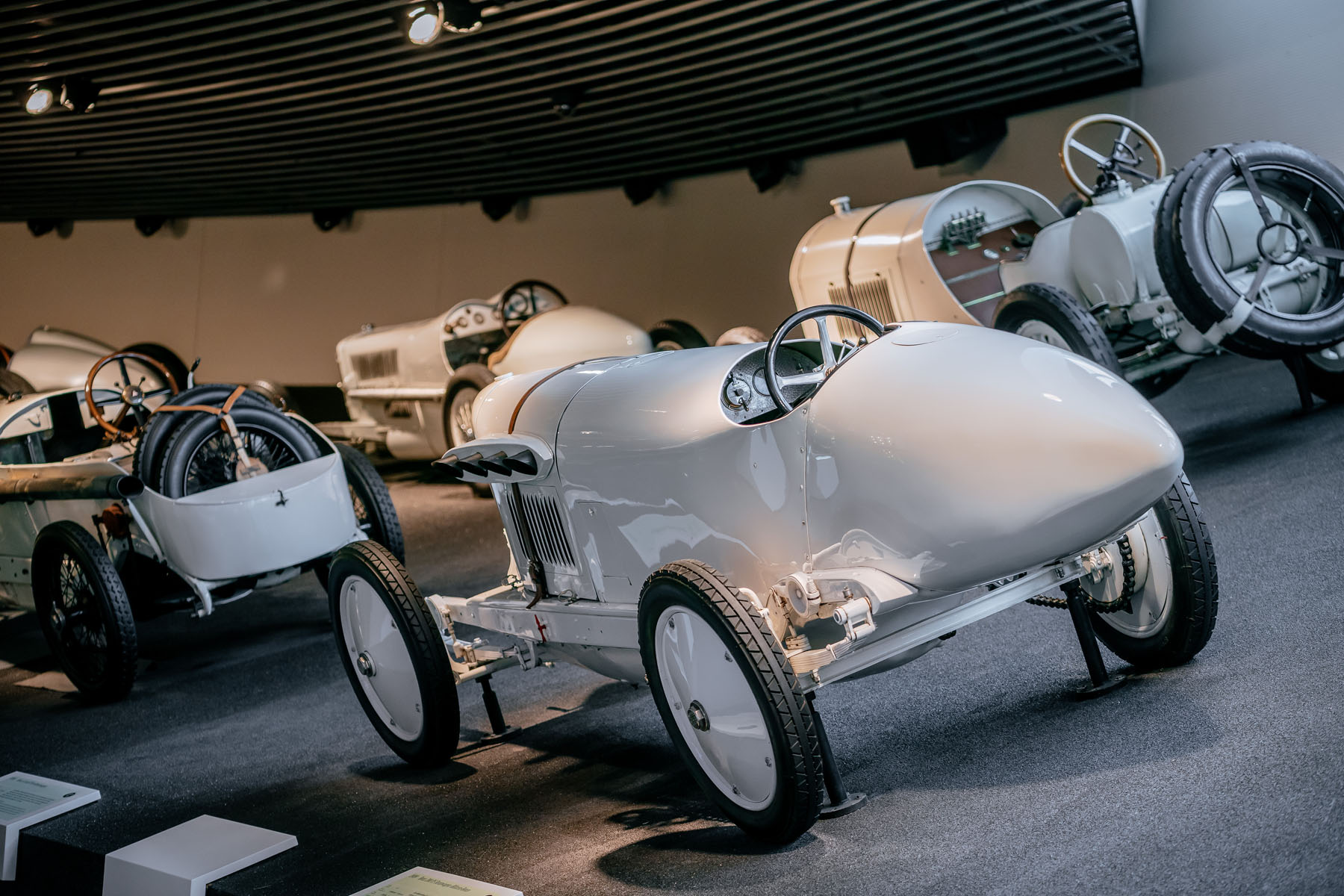

Arrow-shaped
Powerful and fast – that’s how the Benz 200 PS “Blitzen-Benz” looks. The designers made the bodywork as aerodynamic as possible nearly 115 years ago without the benefit of a wind tunnel. Its basic shape resembles a cigar. The rounded radiator grille divides the airstream at the front, and it flows smoothly over the elongated rear end. The driver crouches low down in the cockpit. Slim is the seat for the riding mechanic, slim are the tires on the wooden spoked wheels with aerodynamic cladding. Other features are also suitably streamlined.
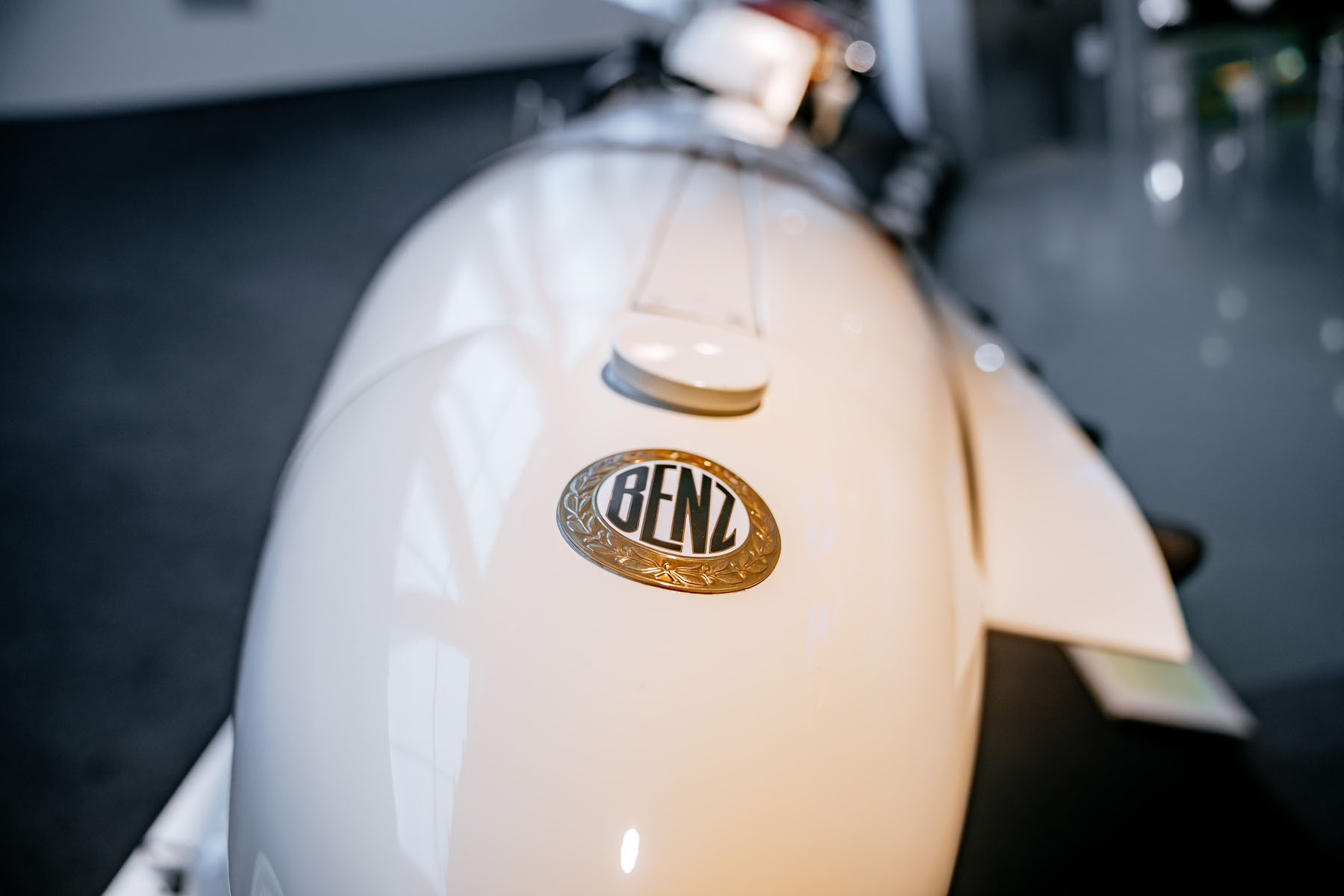

Powerhouse
Four large-diameter exhaust pipes protrude from the bonnet. They suggest an ample power output. Exhaust silencer? No chance – the fast “Blitzen-Benz” is thunderously loud. Large gear wheels and strong chains transmit the power to the rear wheels. The engine is started using a crank handle at the front of the vehicle.
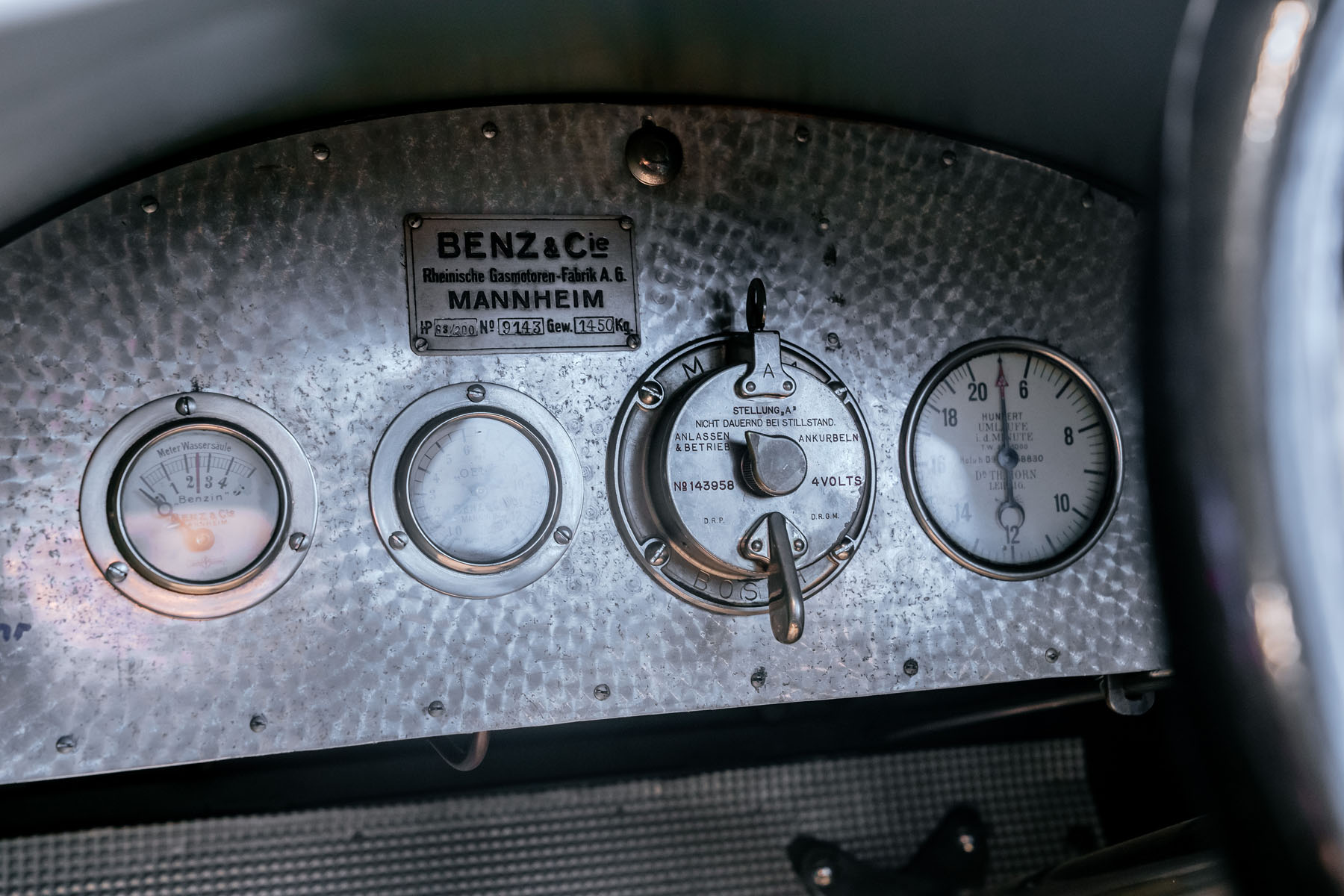

Pushing boundaries
Redefining the limits was the task of the Benz 200 hp “Blitzen-Benz” in 1909. It was the first combustion engine car in the world to break the magical 200 km/h barrier and set the world speed record for road vehicles. This and subsequent achievements made it world-famous. Only six examples of the “Blitzen-Benz” were built. Four still exist. The Mercedes-Benz Museum has one on display in Legend Room 7: Silver Arrows – Races and Records.
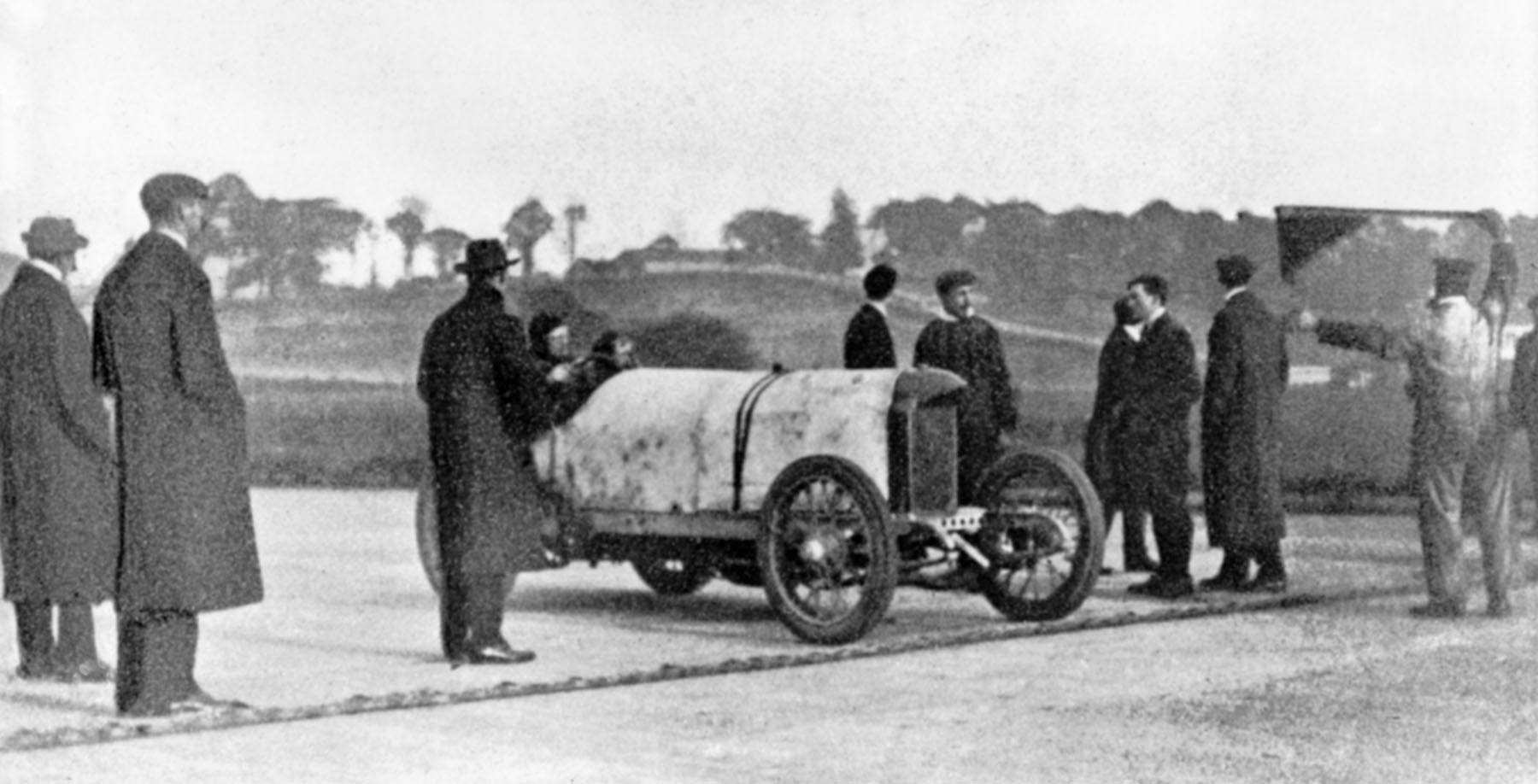

Brooklands racetrack, 8 November 1909. Victor Hémery sets two new speed records with the Benz 200 hp racing car: 205.666 km/h over half a mile and 202.648 km/h over one kilometre, both with a flying start. (Photo index number in the Mercedes-Benz Classic Archive: H3334)
Success
At the turn of the 19th to the 20th century, Benz & Cie. was the largest car manufacturer in the world. The vehicles from Mannheim enjoyed an excellent reputation. They were considered suitable for everyday use, reliable and affordable – requirements personally laid down by Carl Benz himself. He thought they did not necessarily have to be the fastest and most powerful. However, the competition, and not least Daimler-Motoren-Gesellschaft, saw things differently. DMG skilfully exploited the racing success of its vehicles for advertising purposes. Benz was in danger of losing market share.
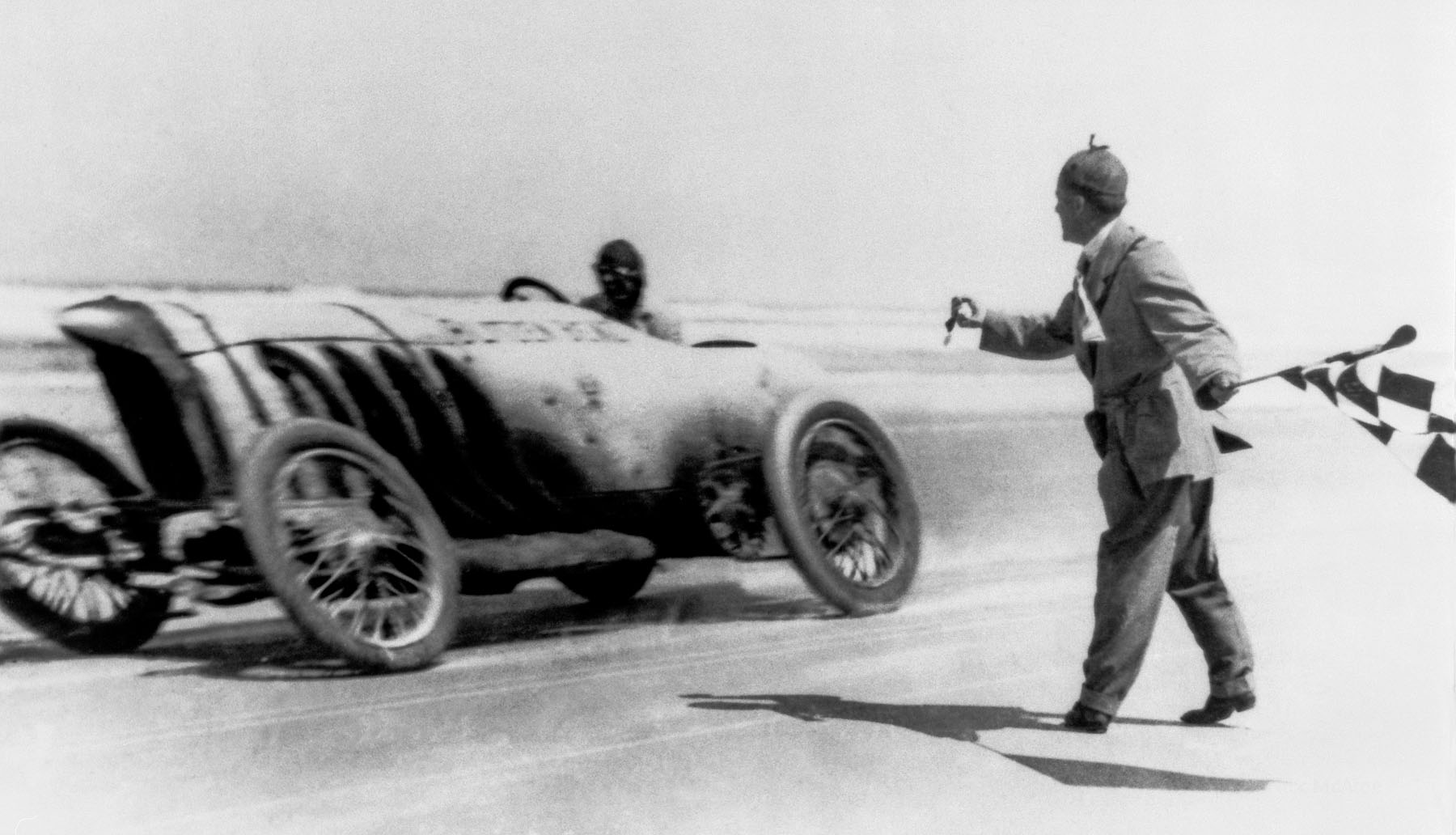

Major rethink
The company decided to make a U-turn. With a clear objective: the fastest car in the world was to come from Mannheim. Faster than any other means of transport at the time – including the railway and the airplane. Expressed in figures, this meant that the vehicle should be easily capable of exceeding 200 km/h; after all, record-breaking trains were already travelling at 210 km/h in 1903. And, in 1906, a steam car managed 205.44 km/h. The Blitzen-Benz was to first surpass these figures and then completely eclipse them.
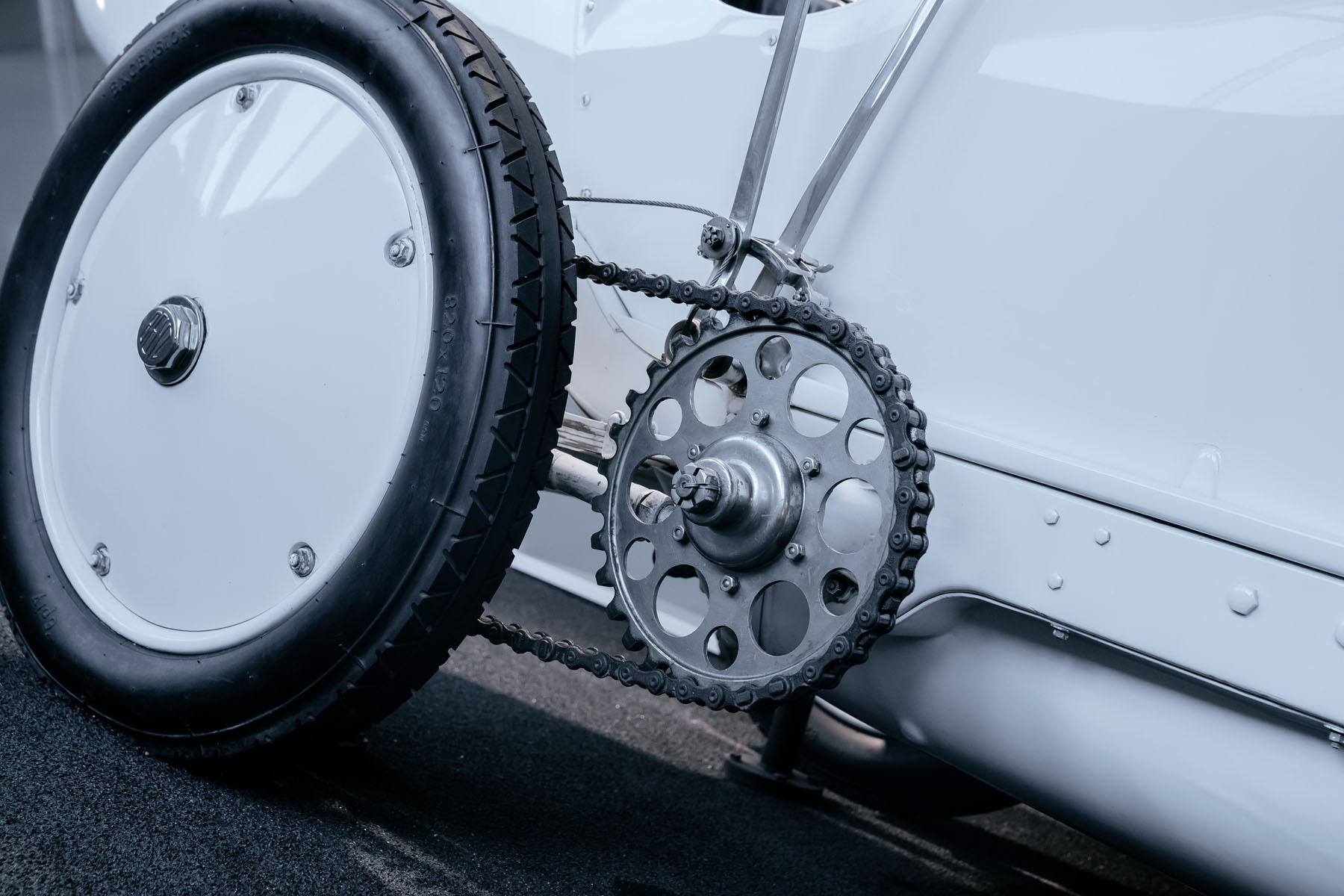

Powerpack
Work on the new car commenced in early 1909. It was to be based on the engine of the Benz 150 hp Grand Prix racing car, but that was not enough for this ambitious project. The displacement of the four-cylinder engine was therefore increased to 21.5 litres. It ultimately delivered 147 kW (200 hp) at 1,600 rpm – the gigantic power unit weighed 407 kilograms. Following the company’s convention at the time, indicating the power rating in horsepower, the racing car was named the Benz 200 PS.
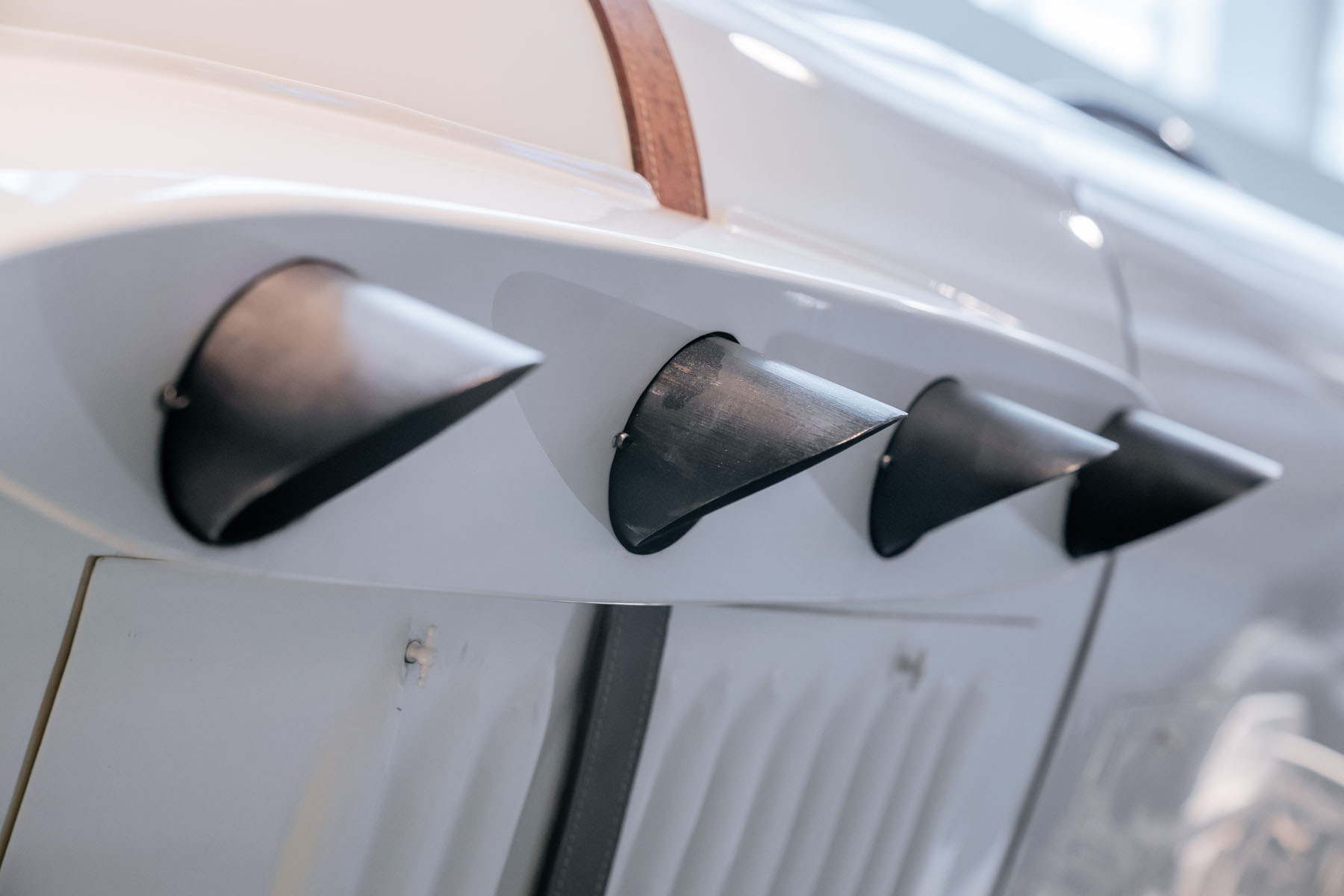

Setting records
The feverish effort was rewarded. 205.666 km/h over half a mile and 202.648 km/h over one kilometre, both with a flying start – these average speeds were achieved by works driver Victor Hémery on 8 November 1909 on the racetrack in Brooklands. The magic 200 km/h barrier was broken for the first time in Europe, and for the first time ever with an internal combustion engine. Brooklands had been opened in 1907 as the world’s first purpose-built motor racing circuit, with banked curves.
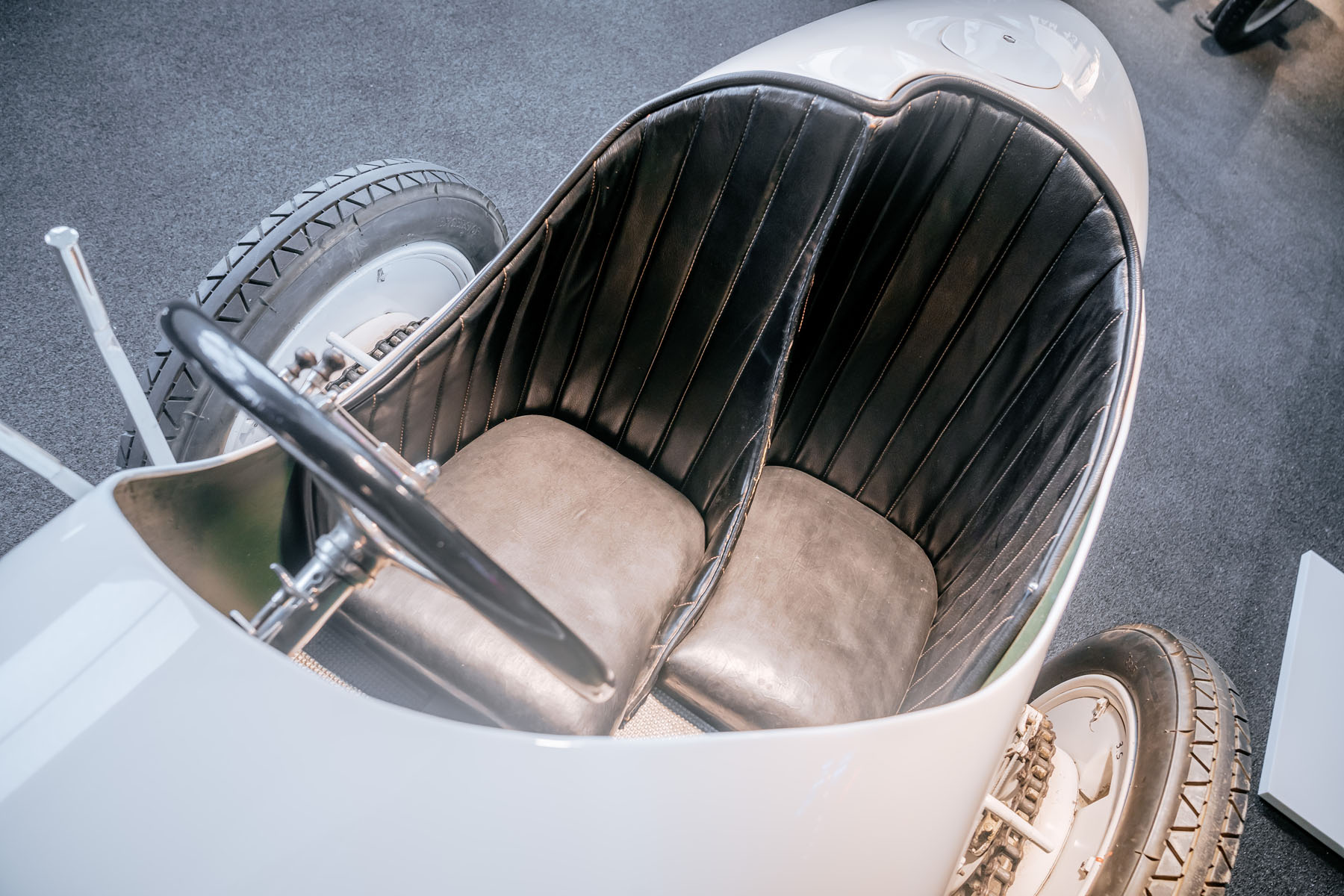

All change
The Benz 200 PS used at Brooklands still had the bodywork of the 1908 Grand Prix car. But the car is already pushing the known boundaries. It soon became clear that the racetracks in Europe were not suitable for the speeds that the overpowered car with its new streamlined body was aiming for. The “Blitzen-Benz” needed very long straights to show its potential. So Benz & Cie. went to the USA.
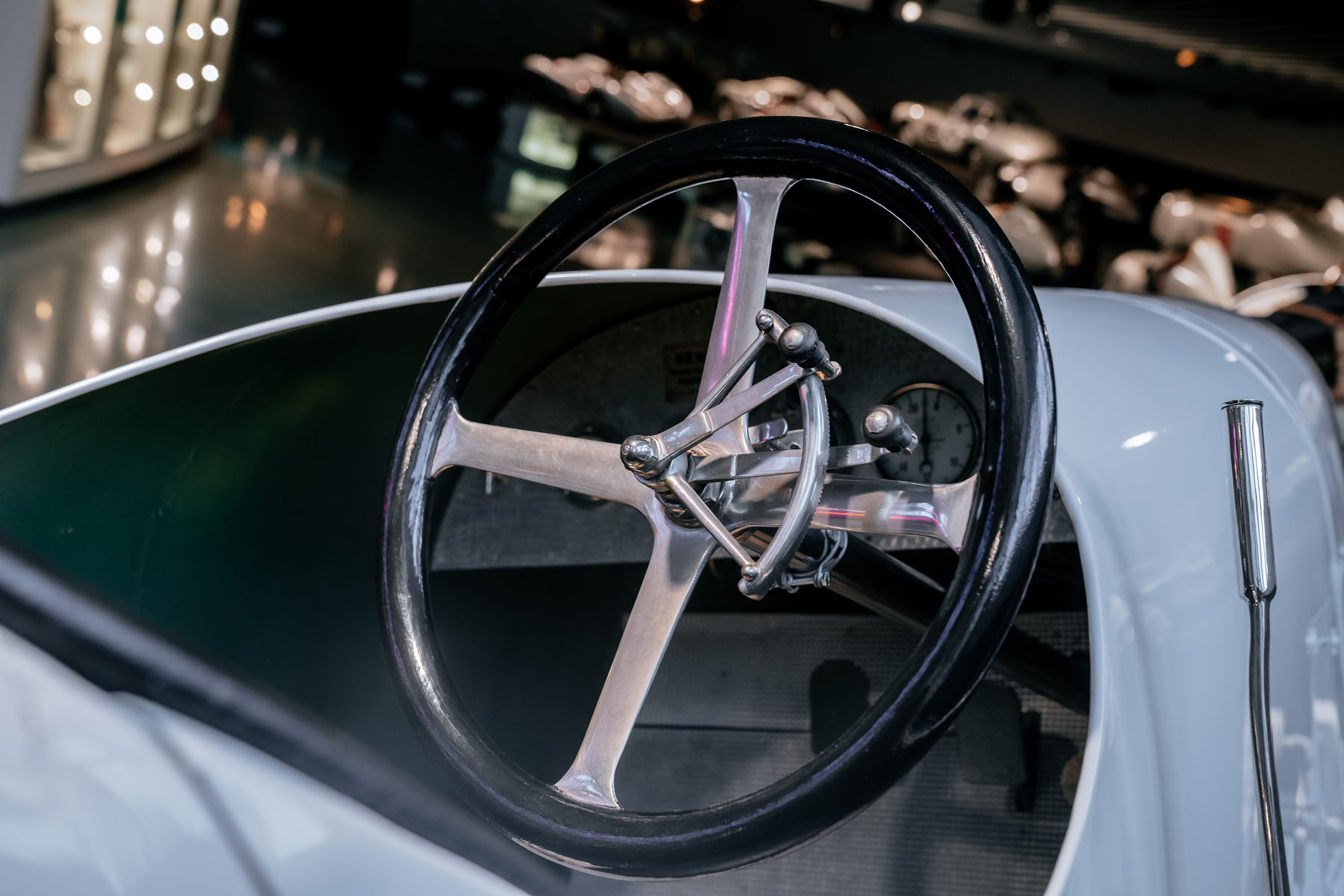

Attraction
In 1910, the record-breaking car was shipped to America. Its owner Ernest “Ernie” Moross called it the “Lightning-Benz”. Translated into German, the name “Blitzen-Benz” established itself soon afterwards. On 16 March 1910, Barney Oldfield reached 211.97 km/h over the mile with a flying start on the dead straight Daytona Beach track. Afterwards, Oldfield used the Blitzen-Benz at show events and demonstrated it to thousands of spectators in America.
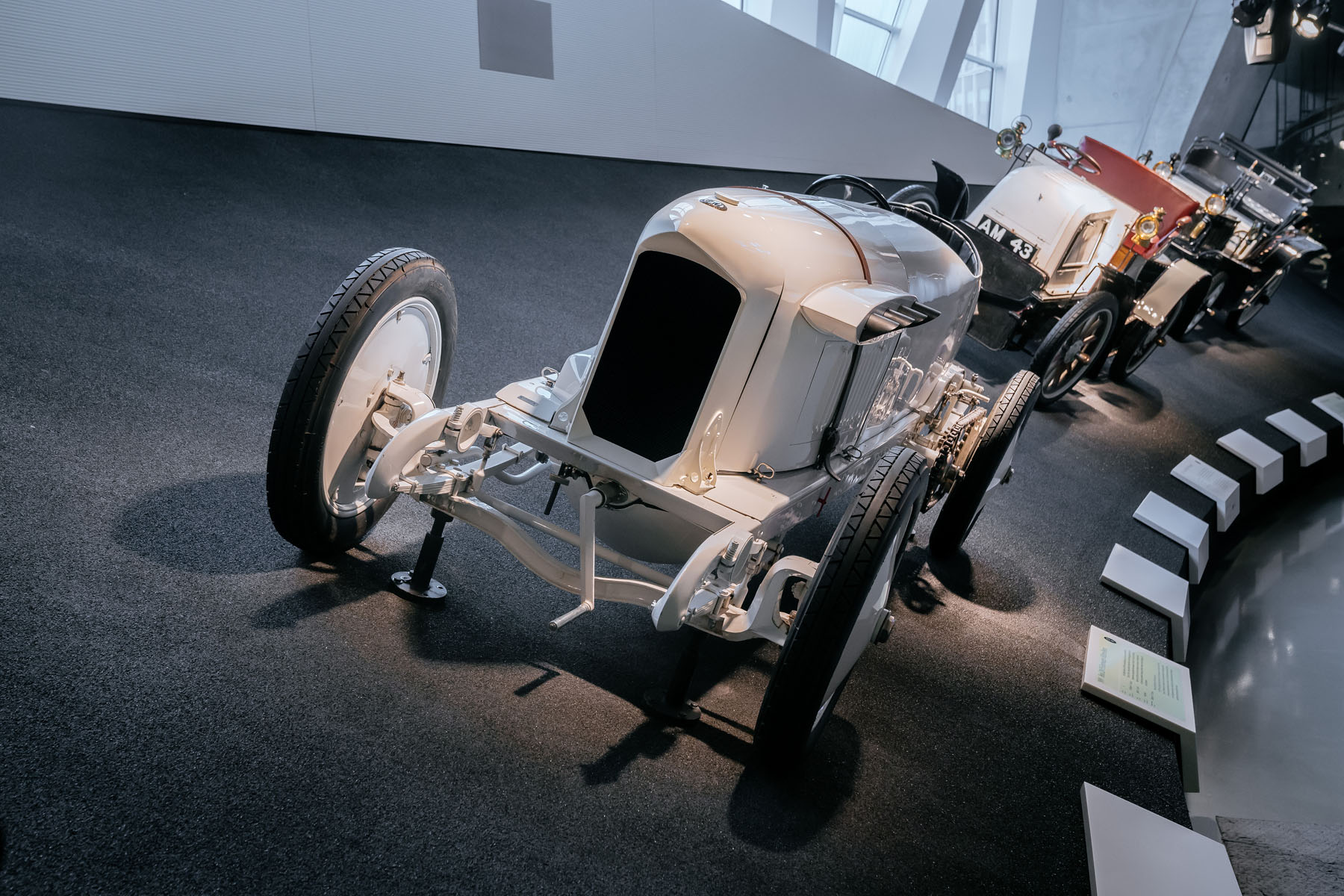

More to come
The Benz 200 PS could do even more. On 23 April 1911, also in Daytona Beach, Robert R. “Bob” Burman achieved 228.1 km/h over the flying mile with the further improved racing car. Another world record. It was twice as fast as an airplane back then and faster than any car or rail vehicle of the time. The “Blitzen-Benz” remained the fastest car in the world for another eight years. The record established by the famous vehicle from Mannheim was not broken until 1919.



